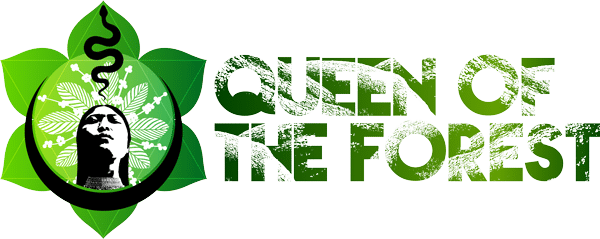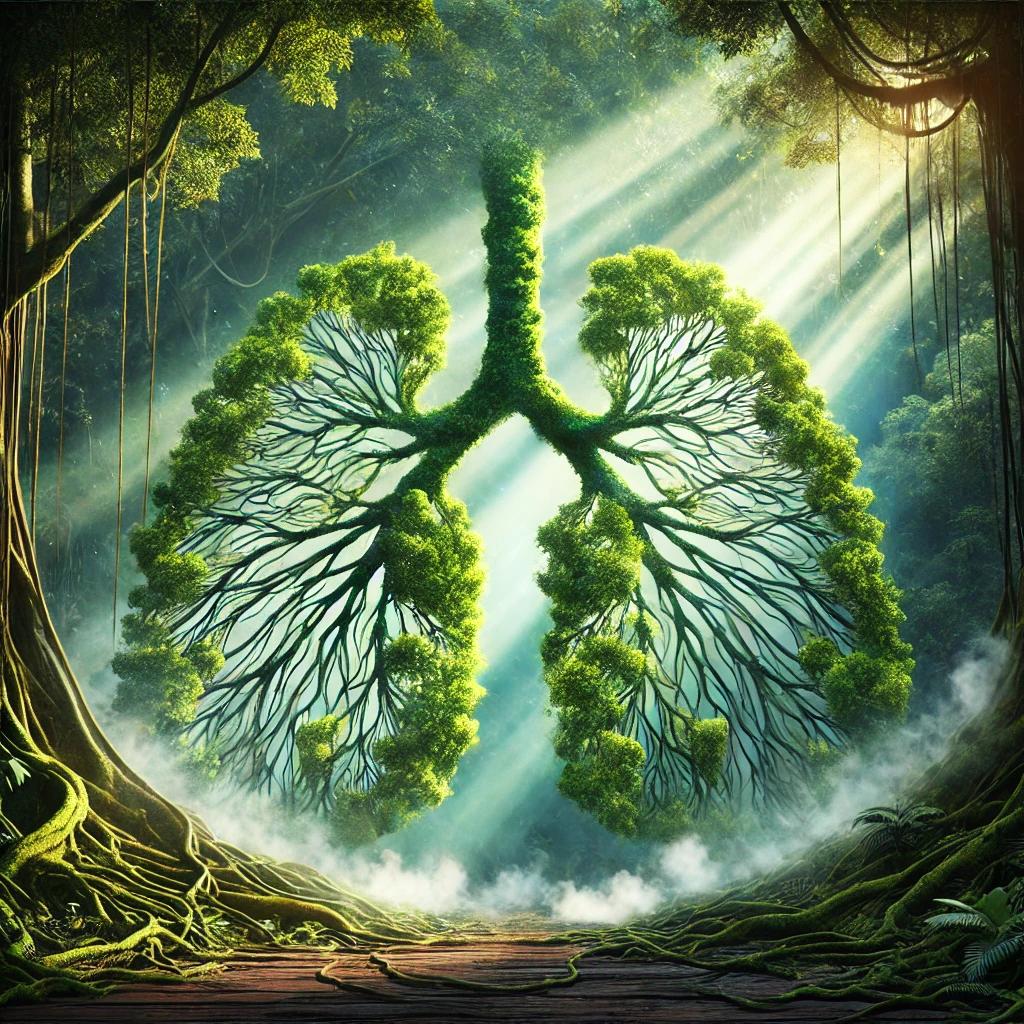FOREVER THE FOREST
The Amazon as the Lungs of the World: Myth or Reality
The True Role of the Amazon in Planetary Balance
The Amazon Rainforest, often called the “lungs of the world,” is celebrated for its immense contribution to Earth’s ecological health. This term emphasizes the forest’s role in oxygen production, but it has also sparked debates and misconceptions. Does the Amazon truly act as the world’s lungs, or is this a myth? While the “lungs” metaphor is widely recognized, the Amazon’s true value lies in its complex and multifaceted contributions to the global ecosystem.
The Origin of the Term “Lungs of the World
The phrase “lungs of the world” emerged to emphasize the Amazon’s immense capacity for oxygen production. Covering approximately 5.5 million square kilometers, the forest is home to billions of trees and plants that convert carbon dioxide into oxygen through photosynthesis. This essential process sustains life on Earth, making the Amazon a powerful symbol of environmental balance.
While the forest’s photosynthetic activity is undeniably vast, the reality is more nuanced. Much of the oxygen produced by the Amazon is reabsorbed by the forest itself during respiration and the decomposition of organic matter. This raises the question: if the Amazon isn’t a net oxygen producer, why is it so vital?
The Amazon’s Real Role in the Oxygen Cycle
While the Amazon produces an enormous amount of oxygen, scientific studies reveal that most of it is consumed within the forest. Here’s how it works:
- Oxygen Production: During the day, photosynthesis by trees and plants generates oxygen.
- Oxygen Consumption: The forest’s organisms—from microbes to large mammals—consume oxygen during respiration. Decomposing organic material, such as fallen leaves and tree trunks, further uses up oxygen.
As a result, the Amazon’s net oxygen contribution to the atmosphere is nearly zero. However, this does not diminish its unparalleled ecological importance. The forest’s primary value lies in its role as a massive carbon sink, a climate regulator, and a source of biodiversity.
The Amazon: A Multifaceted Ecosystem
Though the “lungs of the world” label may be misleading, the Amazon plays essential roles in maintaining global ecological balance. Its contributions extend far beyond oxygen production:
- Global Climate Regulation
The Amazon acts as one of the planet’s largest carbon sinks, absorbing billions of tons of carbon dioxide annually. This helps mitigate the effects of global warming by reducing the amount of greenhouse gases in the atmosphere. Deforestation, however, threatens to release this stored carbon, exacerbating climate change.
- The Water Cycle and Flying Rivers
The Amazon is integral to the water cycle. Its trees release vast amounts of water vapor into the atmosphere through transpiration, creating “flying rivers” that transport moisture across South America. These flying rivers influence rainfall patterns, support agriculture, and replenish natural reservoirs far beyond the forest’s borders.
- Biodiversity Hotspot
The Amazon is home to an estimated 10% of the world’s known species, many of which exist nowhere else. Its rich biodiversity includes:
- Iconic Wildlife: Jaguars, sloths, anacondas, and harpy eagles.
- Medicinal Plants: Thousands of plant species with untapped potential for pharmaceuticals.
- Microorganisms: A hidden world of microbes critical for nutrient cycling and soil health.
- Cultural Significance and Ancestral Knowledge
The Amazon is home to over 400 Indigenous tribes, each with unique cultures, languages, and traditions. These communities have lived in harmony with the forest for millennia, stewarding its resources and preserving invaluable knowledge about medicinal plants, sustainable practices, and ecological resilience.
The Risks of Deforestation
While the “lungs of the world” narrative may be debatable, the devastating impact of deforestation is irrefutable. Forest loss threatens the Amazon’s ability to sustain its hydrological and climatic cycles, jeopardizing ecosystems worldwide. Key consequences of deforestation include:
- Carbon Emissions
When trees are cut down or burned, the carbon stored in their biomass is released into the atmosphere. This accelerates global warming and contributes to climate instability.
- Biodiversity Loss
Deforestation leads to habitat destruction, endangering countless species and disrupting ecological balance. Some species face extinction before they are even discovered.
- Impact on Indigenous Communities
Indigenous peoples, who rely on the forest for food, medicine, and cultural practices, are displaced by deforestation. This erodes their way of life and undermines their rights.
- Savannization
Scientists warn that unchecked deforestation could push the Amazon toward a tipping point, transforming vast areas into a savanna-like ecosystem. This would drastically reduce its ability to regulate climate and sustain biodiversity.
Protecting the Amazon: A Global Responsibility
Preserving the Amazon is a collective responsibility that requires coordinated efforts at local, national, and international levels. Key strategies include:
- Strengthening Legal Protections
Governments must enforce policies to curb illegal logging, mining, and agricultural expansion. Recognizing and securing Indigenous land rights is equally critical.
- Sustainable Economic Alternatives
Promoting eco-friendly industries, such as sustainable forestry, agroforestry, and ecotourism, provides livelihoods while conserving the forest.
- Global Partnerships
International collaboration through organizations like the United Nations and climate funds can mobilize resources to protect the Amazon. Consumer-driven initiatives, such as demanding sustainably sourced products, also play a vital role.
- Community Empowerment
Supporting Indigenous and local communities with resources, education, and legal aid strengthens their capacity to defend their territories and lead conservation efforts.
The Amazon as a Symbol of Hope
The Amazon Rainforest is more than a geographical feature; it is a symbol of the interconnectedness of life. Its survival reflects humanity’s ability to live in harmony with nature. By protecting the Amazon, we safeguard not only a critical ecosystem but also our collective future.
While the Amazon may not be the “lungs of the world” in a literal sense, its role in maintaining planetary health is undeniable. From regulating climate to sustaining biodiversity and supporting Indigenous cultures, the forest is vital for life on Earth. Deforestation and environmental degradation threaten to unravel this delicate balance, making its preservation an urgent priority.
Protecting the Amazon is not just an environmental issue but a moral imperative. It requires collective action, innovation, and respect for the wisdom of those who have safeguarded it for generations. By standing together, we can ensure that the Amazon continues to thrive as a cornerstone of Earth’s ecological integrity.


